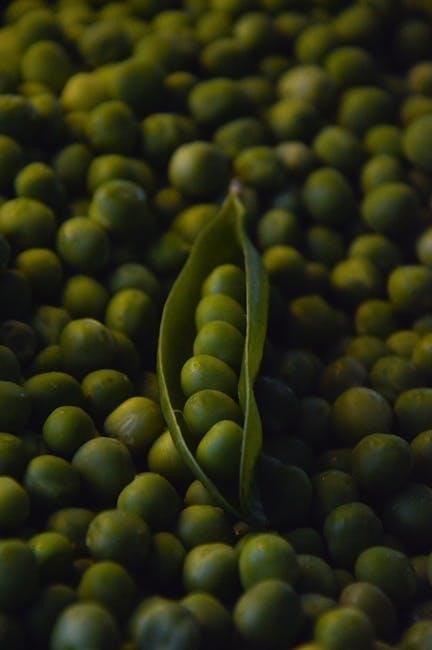Understanding Overactive Bladder
Overactive bladder (OAB) is a urological condition characterized by a sudden, uncontrollable urge to urinate, often leading to frequent trips to the bathroom. Symptoms include urgency, frequent urination, and incontinence. It occurs when the bladder muscle contracts involuntarily, even with a small amount of urine. This condition can significantly disrupt daily life and is more common in women, though men can also be affected. Risk factors include age, obesity, and certain medical conditions like diabetes.

Definition and Symptoms
Overactive bladder (OAB) is a urological condition characterized by a sudden, uncontrollable urge to urinate, even when the bladder contains little urine. This urge can lead to frequent trips to the bathroom, often resulting in embarrassment or disruption of daily activities. Common symptoms include urgency, defined as a strong, sudden need to urinate; frequency, which involves urinating more than eight times in 24 hours; nocturia, or waking up multiple times at night to urinate; and urge incontinence, the involuntary leakage of urine when the urge to urinate is overwhelming. These symptoms can significantly impact quality of life, affecting social interactions, work, and overall well-being. Understanding these symptoms is crucial for proper diagnosis and effective management of OAB.
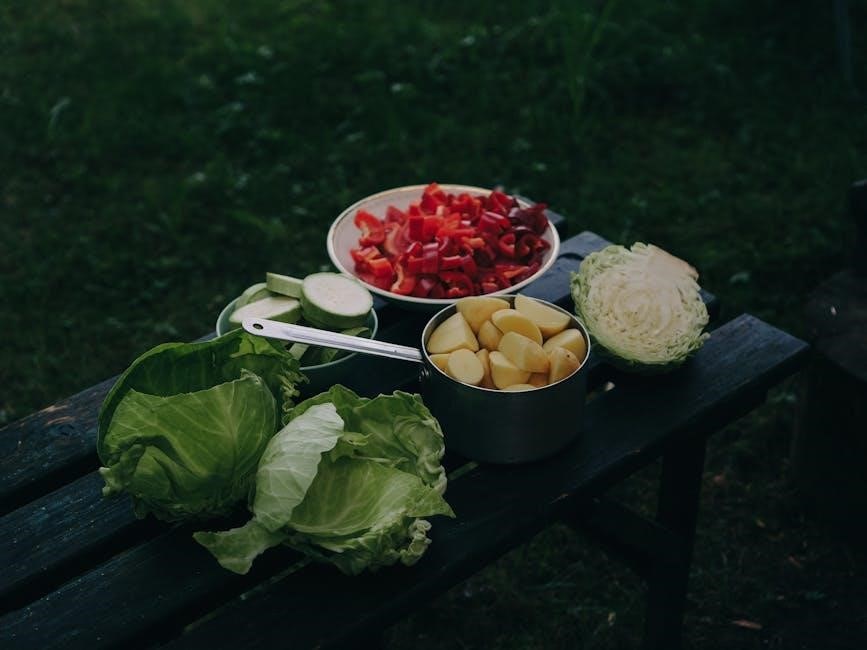
Prevalence and Risk Factors
Overactive bladder (OAB) affects millions of people worldwide, with women being more likely to experience symptoms. The condition becomes more prevalent with age, impacting approximately 40% of women and 30% of men by the age of 75. Key risk factors include obesity, which increases intra-abdominal pressure on the bladder; diabetes, which can damage bladder nerves; and neurological disorders, such as multiple sclerosis or stroke, which disrupt bladder control. Additionally, lifestyle factors like excessive fluid intake and certain dietary choices can exacerbate symptoms. Understanding these risk factors is essential for developing targeted strategies to manage OAB and improve quality of life.

Dietary Strategies for Managing Overactive Bladder
A well-planned diet can significantly alleviate overactive bladder symptoms by reducing bladder irritation and strengthening pelvic muscles. Incorporating bladder-friendly foods and avoiding irritants is key.
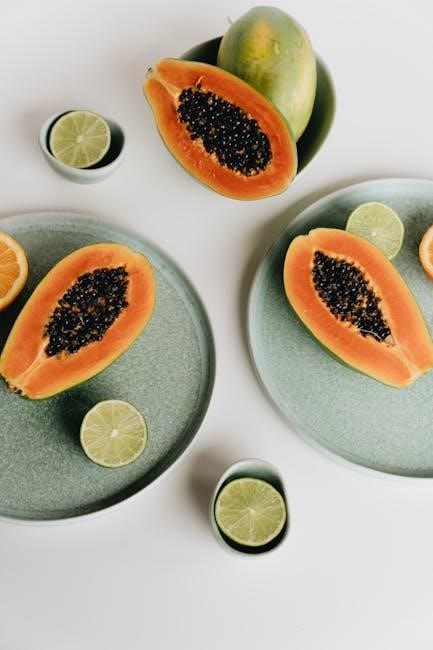
A bladder-friendly diet focuses on identifying and avoiding foods that trigger overactive bladder symptoms while incorporating nutrient-rich options that support bladder health. By making dietary adjustments, individuals can reduce irritation and alleviate symptoms such as urgency and frequency. This approach emphasizes whole, unprocessed foods like fruits, vegetables, whole grains, lean proteins, and healthy fats. Avoiding common irritants such as caffeine, alcohol, spicy foods, and artificial sweeteners can also help manage OAB. A balanced and mindful eating plan tailored to individual sensitivities is key to improving bladder function and overall well-being. Small changes can lead to significant improvements in quality of life.
The Mediterranean Diet and Its Benefits
The Mediterranean diet is a dietary pattern rich in whole foods, emphasizing fruits, vegetables, whole grains, nuts, and healthy fats, while minimizing red meat and processed foods. It is renowned for its role in reducing the risk of chronic diseases and promoting weight management, which is particularly beneficial for individuals with overactive bladder (OAB). By focusing on nutrient-dense foods, the Mediterranean diet provides essential vitamins and minerals, such as Vitamin D, protein, and potassium, which support bladder health and may alleviate OAB symptoms. Incorporating this diet can be a natural and effective strategy to enhance bladder function and improve quality of life significantly.
Certain nutrients play a crucial role in maintaining bladder health and managing overactive bladder (OAB) symptoms. Magnesium helps relax bladder muscles, reducing spasms, and can be found in leafy greens, bananas, and avocados. High-fiber foods, such as whole grains, fruits, and vegetables, aid in preventing constipation, which can exacerbate OAB. Probiotic-rich foods like yogurt and fermented items support gut health, benefiting the urinary tract. Additionally, adequate protein intake from sources like lean meats and legumes is essential for overall bladder function. Incorporating these nutrients into your diet can help alleviate symptoms and improve bladder control, making them integral to a bladder-friendly lifestyle. A bladder-friendly diet includes whole grains, lean proteins, and non-acidic fruits and vegetables, while avoiding irritants like spicy, caffeinated, or carbonated foods that can worsen symptoms. Incorporating magnesium-rich foods like leafy greens, bananas, and avocados can help relax bladder muscles, reducing urgency. High-fiber foods such as whole grains, fruits, and vegetables ease constipation, which can worsen symptoms. Probiotic-rich foods like yogurt and fermented items support gut health, benefiting urinary tract function. The Mediterranean diet, emphasizing whole foods and healthy fats, is often recommended for managing OAB. Foods high in vitamin D, B vitamins, and potassium, such as fatty fish, fortified dairy, and sweet potatoes, may also alleviate symptoms. Staying hydrated with water or herbal teas is crucial, as inadequate hydration can irritate the bladder. Balancing these foods can help create a bladder-friendly diet, reducing discomfort and improving quality of life for those with overactive bladder. Certain foods and drinks can worsen overactive bladder symptoms by irritating the bladder. Artificial sweeteners, commonly found in diet drinks, have been linked to increased OAB symptoms. Spicy foods and tomatoes may also act as bladder irritants for some individuals, though research on these is mixed. Caffeine and alcohol can trigger urgency and frequency in sensitive people, so monitoring their intake is advised. Additionally, high-sodium foods may exacerbate symptoms in those with high blood pressure or fluid retention. Acidic foods, such as citrus juices, can irritate the bladder lining, potentially worsening discomfort. Identifying and limiting these triggers can help manage symptoms more effectively. A sample 3-day menu includes bladder-friendly meals like Greek yogurt, grilled chicken, and salmon, with snacks such as apples and peanut butter, avoiding irritants. Breakfast options for managing overactive bladder should focus on bladder-friendly foods. Greek yogurt with berries and almonds is a great start, as it provides protein and fiber. Oatmeal topped with bananas and walnuts offers whole grains and magnesium, which can relax bladder muscles. A spinach and feta omelet with whole-grain toast is another excellent choice, combining antioxidants and fiber. Smoothies made with spinach, berries, and unsweetened almond milk are also beneficial. Avoid adding artificial sweeteners or caffeine, as they may worsen symptoms. Incorporating these options helps create a balanced and bladder-friendly morning routine, setting the tone for a day of symptom relief. Lunch options for managing overactive bladder should emphasize whole, nutrient-rich foods. A grilled chicken salad with baby spinach, corn, cucumbers, avocados, and olive oil dressing is an excellent choice, offering lean protein and fiber. Whole-grain wraps with turkey, avocado, and vegetables provide sustained energy without bladder irritation. Quinoa salads with chickpeas, carrots, and lemon-tahini dressing are also ideal, combining protein and fiber. Avoid adding spicy or acidic ingredients, as they may trigger symptoms. Incorporating these bladder-friendly meals can help reduce urgency and frequency while maintaining a balanced diet. These options are not only delicious but also align with the Mediterranean diet, which is recommended for managing OAB symptoms effectively. Dinner plays a crucial role in managing overactive bladder symptoms by focusing on bladder-friendly ingredients. Baked salmon with roasted root vegetables like carrots, sweet potatoes, and beets, paired with brown rice, is a nutritious option. Vegetable stir-fries with tofu and brown rice offer a balanced mix of protein and fiber. Grilled shrimp skewers with grilled vegetables and couscous are also ideal, providing lean protein and complex carbs. These meals avoid common irritants like spicy or acidic foods. Incorporating magnesium-rich ingredients, such as spinach or avocados, can help relax bladder muscles. Opting for whole grains and steamed vegetables ensures a gentle, comforting meal that supports bladder health without triggering symptoms. These dinner ideas align with the Mediterranean diet, which is highly recommended for managing OAB. Snacks can provide essential nutrients while soothing overactive bladder symptoms. Opt for bladder-friendly options like sliced apples with peanut butter, combining fiber and healthy fats. Greek yogurt with honey and berries offers probiotics and natural sweetness without irritation. Bananas, rich in potassium and magnesium, help relax bladder muscles. Nuts like almonds or walnuts provide healthy fats and fiber. Cucumber slices or carrot sticks with hummus are refreshing and gentle on the bladder. Avoid spicy, acidic, or caffeinated snacks, as they can worsen symptoms. Choose snacks low in sodium and artificial sweeteners to maintain bladder comfort. Incorporating these options supports overall bladder health and reduces symptom flare-ups throughout the day. Lifestyle changes play a vital role in managing overactive bladder symptoms. Regular hydration, balanced fluid intake, and pelvic floor exercises can significantly improve bladder control and reduce urgency. Proper hydration is essential for overall health, but managing fluid intake is crucial for overactive bladder (OAB) management. Drinking enough water helps dilute urine, reducing irritation to the bladder lining. However, excessive fluid consumption can worsen symptoms like frequent urination. Timing fluid intake appropriately, such as avoiding fluids close to bedtime, can help minimize nocturia (nighttime urination). Additionally, avoiding bladder-irritating beverages like caffeine and alcohol is recommended. Balancing hydration needs while managing OAB symptoms requires careful planning. Monitoring individual tolerance to fluids and adjusting intake based on symptoms can significantly improve bladder control and quality of life. Regular exercise plays a significant role in managing overactive bladder (OAB) symptoms. Strengthening the pelvic floor muscles through Kegel exercises can improve bladder control and reduce urgency. Aerobic activities, such as walking or swimming, promote overall health and weight management, which is beneficial since excess weight can exacerbate OAB symptoms. Additionally, exercises that enhance core strength and improve posture can support the pelvic organs, further aiding bladder function. However, high-impact exercises should be approached with caution to avoid putting excessive pressure on the pelvic floor. A balanced exercise routine, combined with dietary adjustments and other lifestyle modifications, can effectively alleviate OAB symptoms and enhance quality of life. Consistency is key to achieving long-term benefits. Maintaining a healthy weight is crucial for managing overactive bladder (OAB) symptoms. Excess body weight, particularly around the abdominal area, can increase pressure on the bladder and pelvic floor muscles, worsening urgency and incontinence. Studies suggest that even a modest weight loss of 5-10% can significantly improve OAB symptoms. A combination of a balanced diet and regular physical activity helps achieve and maintain a healthy weight. Focus on whole, nutrient-rich foods like fruits, vegetables, lean proteins, and whole grains, while limiting processed and high-calorie items. By managing weight, individuals can reduce bladder irritation and enhance their overall urinary health, leading to a better quality of life. Consulting a healthcare provider or dietitian can provide personalized strategies for effective weight management.Key Nutrients for Bladder Health
Foods to Eat and Avoid
Foods That Help Alleviate Symptoms
Foods That Can Irritate the Bladder
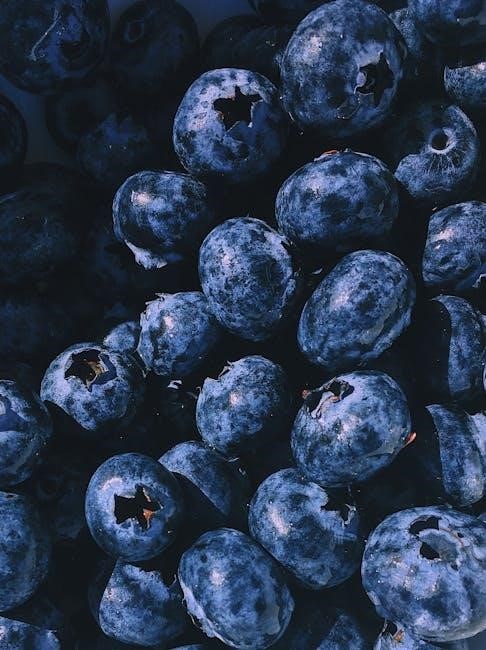
Sample 3-Day Menu Plan
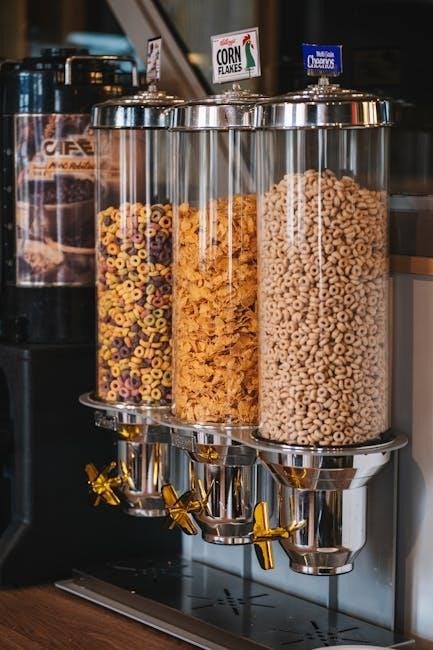
Breakfast Options
Lunch Ideas
Dinner Suggestions
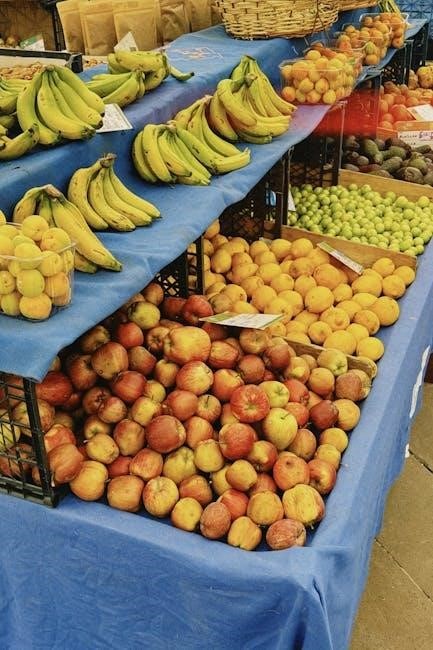
Snack Recommendations
Lifestyle Modifications Beyond Diet
Hydration and Fluid Management
Role of Exercise
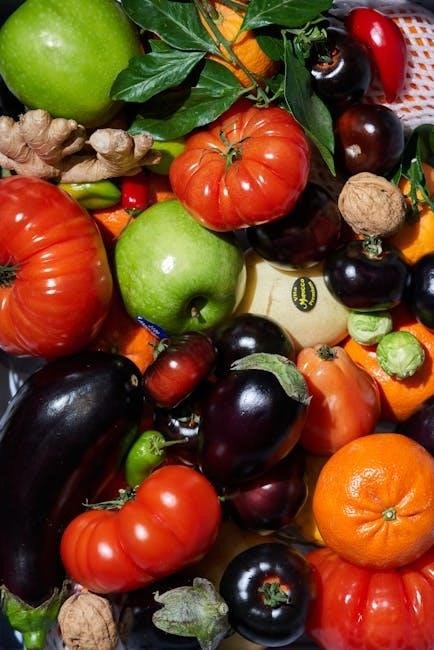
Weight Management

